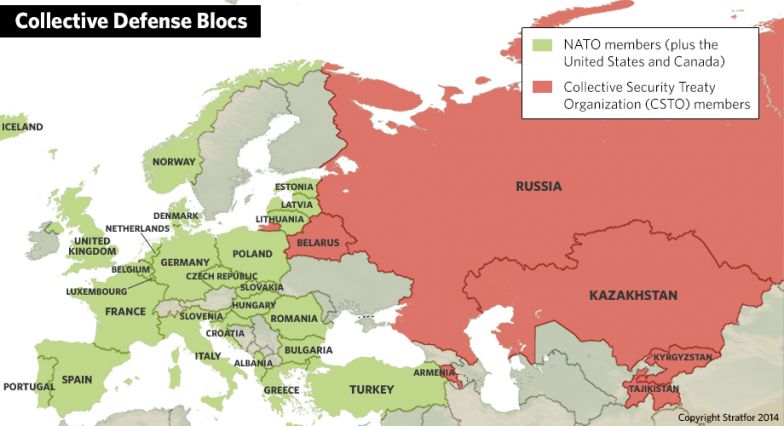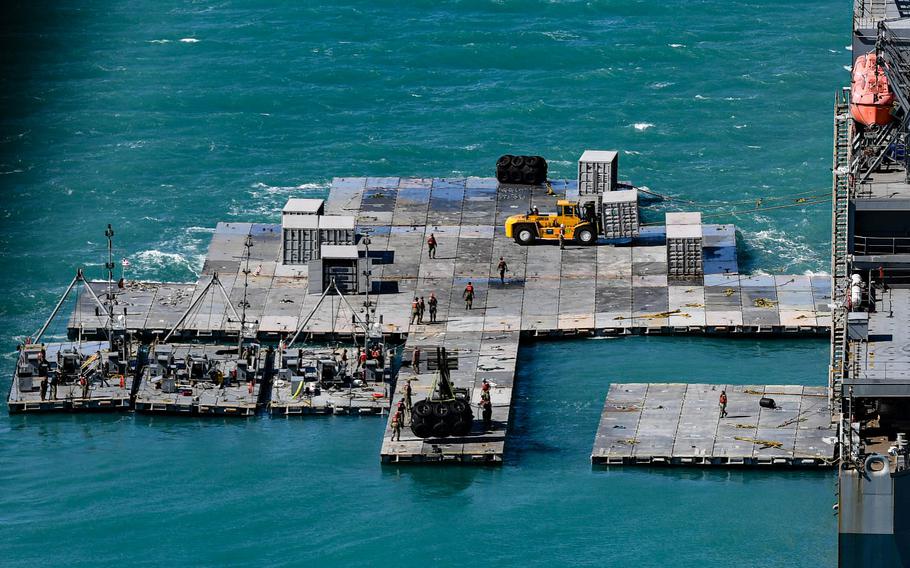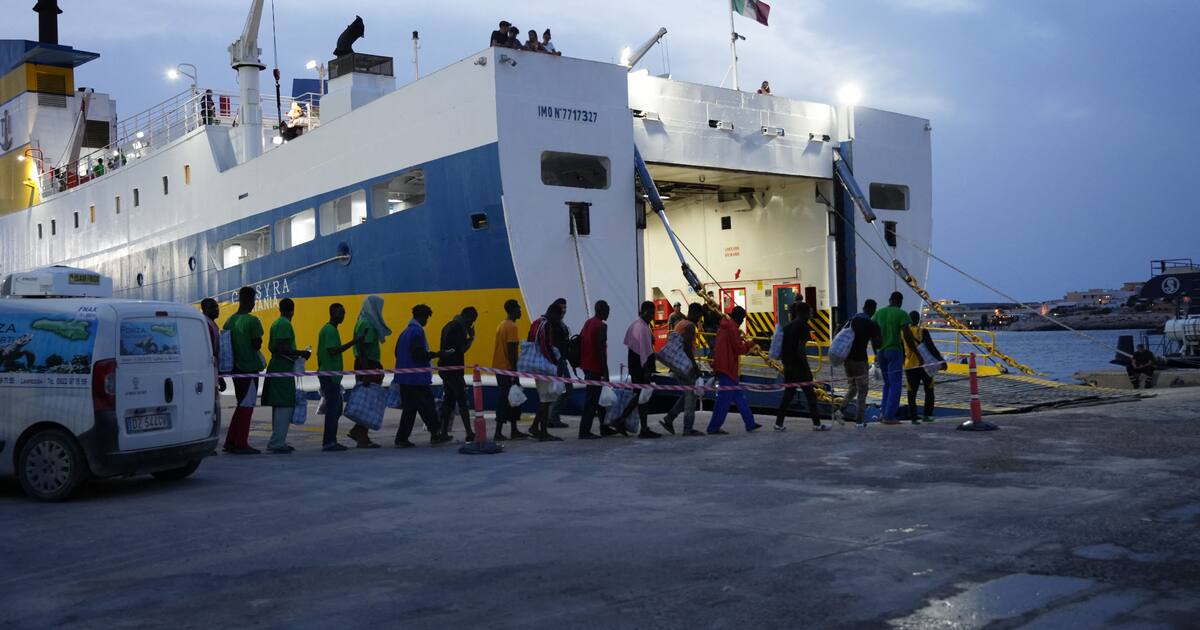Russia's Military Posture: A Source Of European Anxiety

Table of Contents
Russia's Military Modernization and Expansion
Russia's military modernization program represents a significant challenge to European security. This involves substantial investment in advanced weaponry and a recalibration of its nuclear doctrine.
Investment in Advanced Weaponry
Russia has invested heavily in developing and deploying advanced weaponry, significantly enhancing its military capabilities. This includes:
- Hypersonic missiles: Systems like the Avangard and Zircon pose a significant challenge to existing missile defense systems, potentially undermining NATO's deterrence capabilities.
- Modernized nuclear arsenal: Russia continues to modernize its nuclear warheads and delivery systems, maintaining a substantial nuclear arsenal. This includes the development of new ICBMs and submarine-launched ballistic missiles.
- Precision-guided munitions: Improvements in precision-guided munitions enhance Russia's conventional strike capabilities, increasing the potential for devastating attacks.
These advancements not only increase Russia's offensive potential but also raise concerns about its willingness to use force and the potential for escalation.
Nuclear Doctrine and Deterrence
Russia's evolving nuclear doctrine is a major source of European anxiety. Key aspects include:
- Emphasis on first use: While not explicitly stating a first-use policy, Russia's rhetoric suggests a lower threshold for nuclear weapon deployment.
- Escalation dominance: The doctrine emphasizes Russia's ability to escalate a conflict rapidly, potentially using nuclear weapons to deter intervention.
- De-escalation ambiguity: The lack of clarity regarding circumstances under which Russia might de-escalate a conflict involving nuclear weapons heightens the risk.
This ambiguous and assertive nuclear posture fuels concerns about potential conflict escalation and significantly impacts European perceptions of security.
Military Exercises and Demonstrations of Force
The frequency and scale of Russian military exercises near European borders are a significant source of tension. These exercises:
- Showcase military capabilities: They demonstrate Russia's military readiness and technological advancements.
- Test response times: They assess the reaction times and capabilities of neighboring countries, including NATO members.
- Signal intent: They can be interpreted as a signal of intent, potentially undermining regional stability and increasing anxiety.
Examples include large-scale exercises near the borders of Ukraine, the Baltic states, and Poland, further increasing European anxieties about potential aggression.
Geopolitical Tensions and Regional Conflicts
Russia's assertive foreign policy and military interventions contribute significantly to European anxiety.
The Ukraine Conflict and its Ramifications
The ongoing conflict in Ukraine is a prime example of Russia's military actions destabilizing Europe. Key events include:
- 2014 annexation of Crimea: Russia's annexation of Crimea following a pro-Russian uprising significantly altered the geopolitical landscape of Eastern Europe.
- Support for separatists in Donbas: Russia's continued support for separatist groups in eastern Ukraine has led to ongoing conflict and instability.
- 2022 invasion of Ukraine: The full-scale invasion of Ukraine in February 2022 dramatically escalated tensions and caused widespread concern across Europe.
Russia's actions in Ukraine demonstrate a willingness to use military force to achieve its geopolitical objectives, directly contributing to European anxiety.
Other Points of Conflict and Intervention
Russia's military involvement in other regions also causes concern:
- Syria: Russia's military intervention in Syria, supporting the Assad regime, has had significant regional consequences and raised concerns about its willingness to intervene in other conflicts.
- Post-Soviet space: Russia's actions in regions like Moldova and Belarus demonstrate its continued influence and potential for intervention in former Soviet republics.
These actions highlight Russia's willingness to use its military to pursue its strategic goals, further increasing uncertainty and anxiety in Europe.
Information Warfare and Disinformation Campaigns
Russia's engagement in information warfare and disinformation campaigns contributes significantly to European anxiety by:
- Undermining trust: Disinformation campaigns aim to sow discord and distrust among European nations.
- Polarizing public opinion: Propaganda efforts attempt to polarize public opinion on issues related to Russia and NATO.
- Weakening alliances: These campaigns target the cohesion and unity of European alliances.
These actions contribute to a climate of mistrust and uncertainty, further exacerbating anxiety surrounding Russia's military posture.
The European Response to Russia's Military Posture
In response to Russia's military posture, Europe has adopted various measures to enhance its security.
NATO's Enhanced Forward Presence
NATO has responded to Russia's military buildup by:
- Deploying troops and equipment: NATO has increased its military presence in Eastern Europe, particularly in the Baltic states and Poland.
- Strengthening deterrence: NATO has enhanced its deterrence capabilities through increased military exercises and improved intelligence sharing.
- Boosting defense spending: Member states have committed to increasing their defense spending to meet the challenges posed by Russia.
While these measures aim to mitigate European anxieties, their effectiveness remains a subject of debate.
European Union Security and Defense Policies
The EU is also adapting its security and defense policies:
- Permanent Structured Cooperation (PESCO): PESCO aims to improve military cooperation among EU member states.
- European Defence Fund (EDF): The EDF supports collaborative defense research and development projects.
- Strategic Compass: The Strategic Compass sets out the EU's strategic priorities and goals in the area of security and defense.
These initiatives aim to strengthen European defense cooperation and enhance the EU's ability to respond to security challenges, including those posed by Russia.
Conclusion
Russia's military posture, marked by modernization, expansion, assertive geopolitical actions, and disinformation campaigns, is a significant source of anxiety for Europe. The ongoing conflict in Ukraine, Russia's nuclear doctrine, and frequent military exercises near European borders all contribute to this concern. While NATO and the EU are taking steps to enhance their security and defense capabilities, understanding Russia's military posture is crucial for navigating the complexities of European security. Stay informed and advocate for policies that promote peace and stability. Continued vigilance and proactive diplomatic efforts are essential to managing the risks posed by Russia's military posture and ensuring European security.

Featured Posts
-
 Gazas Humanitarian Needs The Urgent Plea To End Israels Aid Ban
Apr 29, 2025
Gazas Humanitarian Needs The Urgent Plea To End Israels Aid Ban
Apr 29, 2025 -
 Where Should The White Lotus Film Next A Perfect Location
Apr 29, 2025
Where Should The White Lotus Film Next A Perfect Location
Apr 29, 2025 -
 Germanys Stricter Border Controls Yield Lowest Post Covid Migration Numbers
Apr 29, 2025
Germanys Stricter Border Controls Yield Lowest Post Covid Migration Numbers
Apr 29, 2025 -
 Black Hawk Pilot Rebecca Lobach And The American Airlines Near Collision A Detailed Account
Apr 29, 2025
Black Hawk Pilot Rebecca Lobach And The American Airlines Near Collision A Detailed Account
Apr 29, 2025 -
 Capital Summertime Ball 2025 London Wembley Stadium Tickets Dates And More
Apr 29, 2025
Capital Summertime Ball 2025 London Wembley Stadium Tickets Dates And More
Apr 29, 2025
